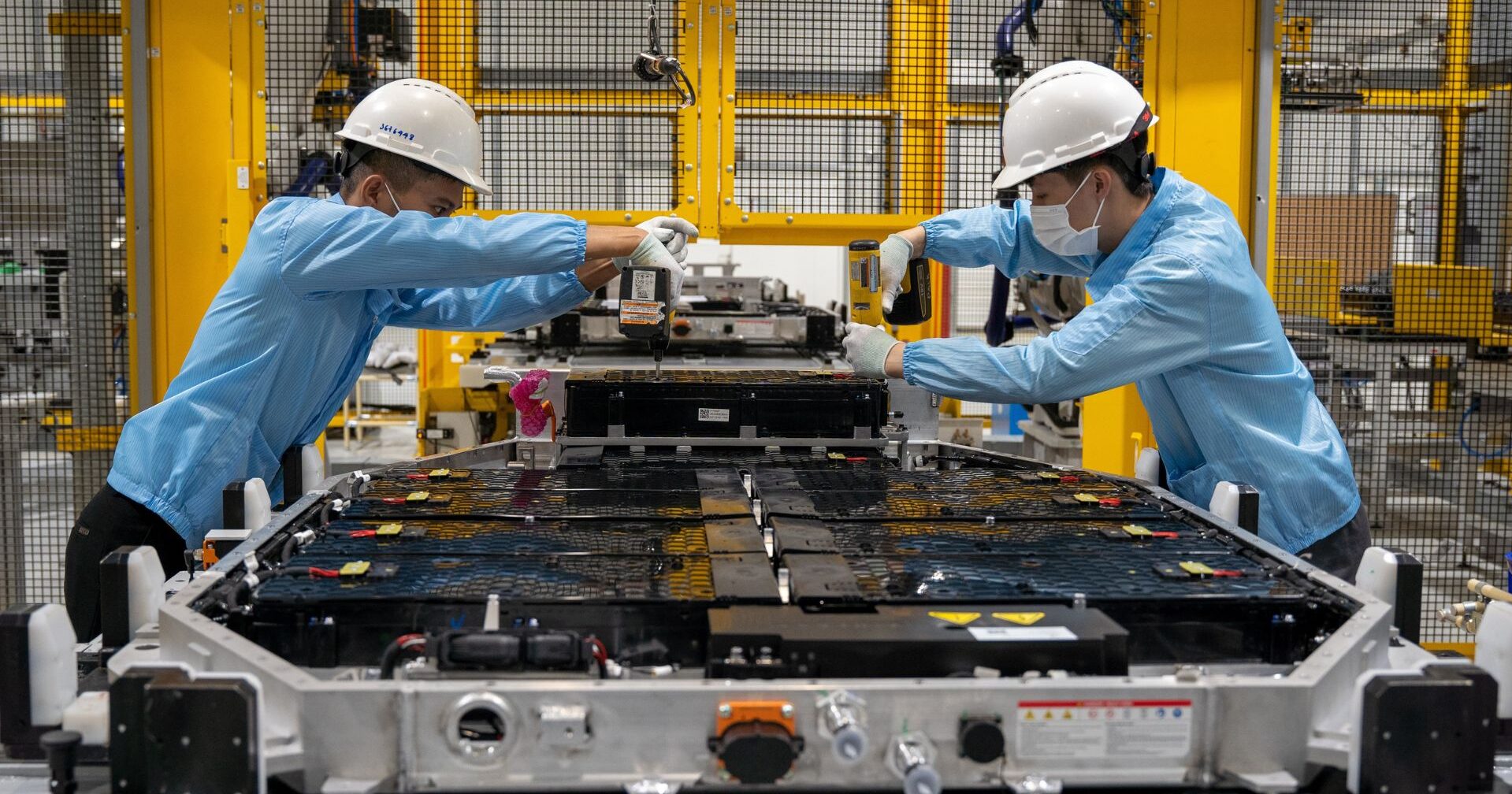Autonomy, recycling, cost, carbon impact… Even though sales of electric cars are rising sharply (+25% in the 1st quarter of 2023 worldwide compared with last year), they are still regularly the subject of fierce criticism. Some of which are clearly unjustified. Take, for example, the question of the lifespan of the lithium batteries in these vehicles. Contrary to popular belief, which is shared by some members of the general public, their lifespan in good health – for example, at 80% of initial SOH (State of Health) – is currently quite high.
800,000 kilometres with a Tesla battery
Conducted in 2015 and updated in 2020, a Dutch study of a Dutch-Belgian community of Tesla Model S owners demonstrated the low long-term degradation of the brand’s batteries. It was around 5% after the first 50,000 kilometres, then 1% every 50,000 kilometres thereafter. This is a better performance than that previously estimated by Tesla which, in its 2019 impact report, estimated this degradation at around 5% over the first 40,000 kilometres, then 1% every additional 40,000 kilometres. If we extrapolate these figures, the lifespan of a lithium battery built into a Tesla car would therefore be in the region of 800,000 kilometres. What’s more, some studies show that if you use recharging sensibly – limiting it to 60% or 50% of a full charge – you could keep your batteries in good condition for up to 3,500,000 kilometres, or even more! What accounts for such robustness? Mainly because of the efforts made by manufacturers in recent years. While the first electric vehicles suffered from rapidly degrading batteries, they have invested heavily to better understand this ageing phenomenon and improve the design of this equipment, in particular through the introduction of management systems (BMS). This technological progress does not just concern lithium batteries. The vehicle powertrain – made up of the electric motor and transmission – also has a promising life expectancy. Tesla estimates that this package will last 1.6 million kilometres in good condition. A spectacular figure when you consider that the average mileage of end-of-life vehicles in Europe is around 240,000 kilometres.
Developing upcycling for electric vehicles
As well as demonstrating the maturity of electrification technologies, these performances represent a serious challenge for the automotive industry. What future can be imagined for this perfectly functional equipment? Two simple options seem possible today: recycling them for a permanent use (home energy storage, etc.) or reusing them in another vehicle. A more original option would be to extend the life of a car by offering its owner a partial restyling after a few years’ use. In the same way that software publishers market updates, manufacturers could offer upgrade packs for their models. After 10 or 15 years of use, it would be possible to modernise the vehicle by replacing worn or obsolete parts (bodywork, equipment, lights, etc.), while keeping the original battery and transmission. This would be an attractive solution for the owner, who would have a new-look vehicle at a low cost, with a range that would still be compatible with most urban journeys. It also makes sense in terms of saving resources and decarbonising the automotive sector. In fact, while the construction of an electric vehicle emits around twice as much CO2 as a combustion-powered car, its emissions during use are very low. This is particularly true in France, where the energy mix is low in carbon. By limiting the replacement of cars and concentrating on certain parts, this second life would limit the consumption of steel, aluminium and rare metals by the automotive industry. And therefore the sector’s carbon footprint.
Helping manufacturers to develop their models
Although beneficial from an environmental point of view, this new approach is nevertheless likely to shake up the habits of the automotive industry. The major brands will have to come up with technical, commercial and operational solutions to meet the challenges of this second life for electric vehicles. Rather than constantly having to design and manufacture new models, over the next few decades their business could focus on retrofitting and extending the life of existing vehicles. At SEGULA, we are ready to support them in this new challenge. Thanks to our engineers who are well versed in LCA (Life Cycle Assessment) methods, SEGULA already offers an eco-design approach that enables us to develop vehicles fit for a second life. It’s expertise that manufacturers can draw on today to design the car of tomorrow. For them, it’s not just a question of exploring a new trend, but of making the transition to a new model of economic and industrial sustainability. Consumers’ growing environmental awareness, combined with inflationary pressures, should naturally boost their interest in upcycling. Let’s get started!







 FOR A BETTER EXPERIENCE
FOR A BETTER EXPERIENCE